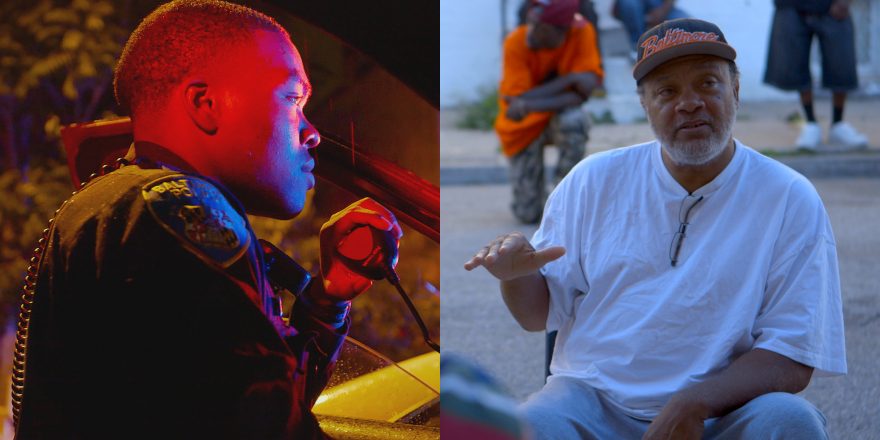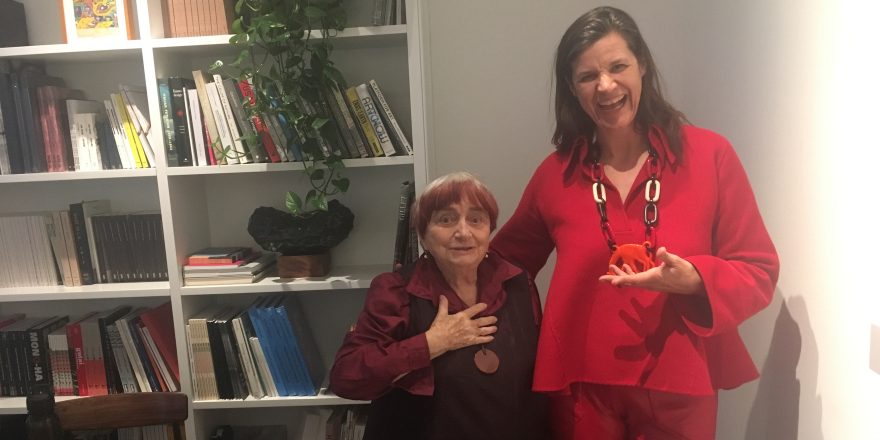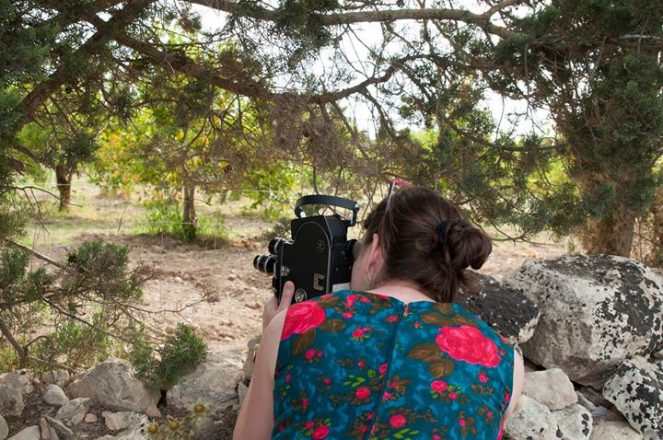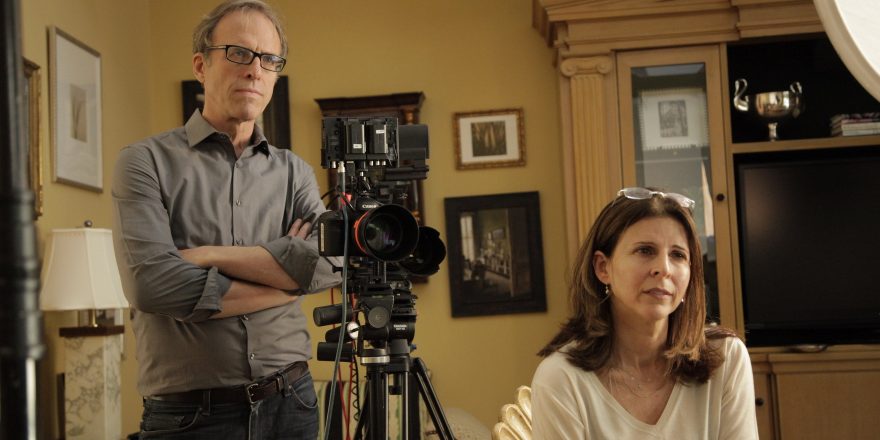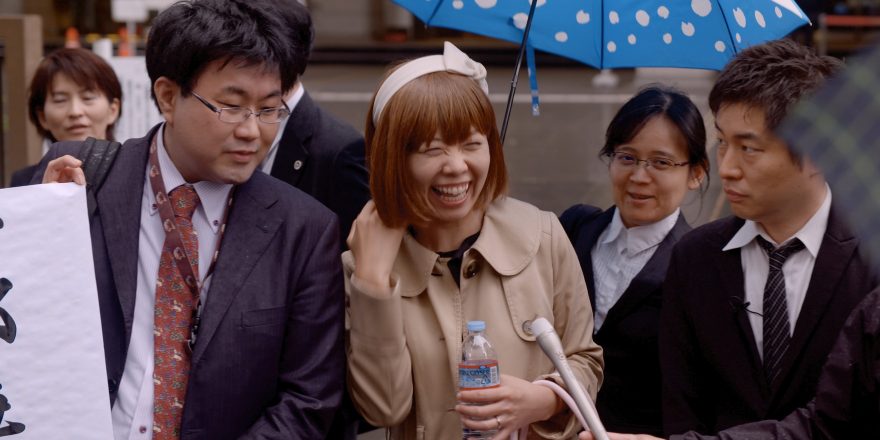In late 2014, I started filming my documentary Charm City in Baltimore. What began as a search to better understand the divide between police and citizens landed us during the three most violent years in the city’s history. Instead of looking at the growing problem of violence in our cities through the castigating lens of the nightly news, we wanted to look at the daily struggles of both citizens and police with deep empathy.
We hoped it would be possible to open up a window of understanding between audiences and our subjects in the film if we could share the every day humanity of those tasked with standing amidst the violence.
By making a vérité documentary, standing in one place over a long period of time and letting the world unfold in front of the camera, we could put the audience in the middle of neighborhoods they might never otherwise visit, and have them ride along with police officers on patrol. From our previous experience making vérité films, my producing partner, Katy Chevigny, and I both knew the challenge we were up against. We feared getting access was going to be a Herculean challenge since police departments were not generally throwing open their doors to filmmakers. Yet much to their surprise and ours, the Baltimore Police Department agreed to let us in. Our access was challenged after the death of Freddie Gray in police custody and the subsequent unrest it sparked in Baltimore. We stayed the course, again and again persuading the powers that be that we were still willing to be fair, to keep our word about an empathetic portrait of everyone involved. Much to everyone’s surprise, they let us stay.
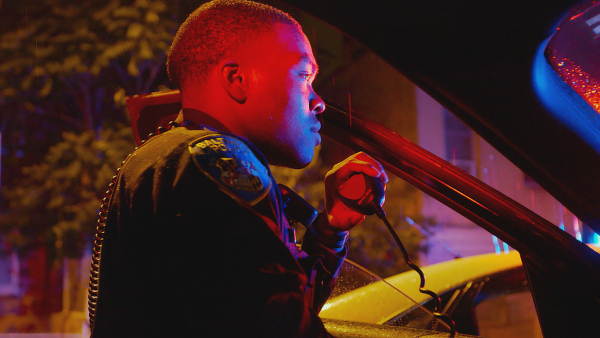
As white filmmakers, we took seriously the fact that we were not just telling the story of police, but also the stories of communities of color. Very early on in the process, we began a deep collaboration with Andre Lambertson, a gifted African-American cinematographer, who became our director of photography and co-producer. Andre had taken photographs for the Baltimore Sun for many years and knew the city and its people well. While I worked to find all of the subjects, gain their trust, share our intent, and keep track of the unfolding stories we wanted to follow, Andre alone decided when to turn the camera on and off and how best to represent the world of the community members we would follow on Rose Street in East Baltimore.
As New York filmmakers we wanted to tell a story that would be relevant in cities across the country, yet found its specificity in the city of Baltimore. We worked closely with a local co-producer, Meryam Bouadjemi, a born-and-bred Baltimorean who is deeply committed to and protective of her city. She helped us find and vet the stories we wanted to follow and worked hard to imbue our choices with an authentic local-ness. Similarly, we hired all local crew to film with the police and sought their input and authorship at every turn, understanding their knowledge of the city and its people would only strengthen our portrayals.
It wasn’t until recently that I considered why I was drawn to direct a film that intentionally aimed to hold two opposing forces in tension, at a time well before we understood the consequences of choosing to listen only to those with whom we agree. Why was I drawn to a film which was uncomfortable for me to pitch and made others more uncomfortable to consider?
I was raised devoutly religious but when my parents divorced when I was five, my mother rejected religion while my father did not. As I shuttled between houses for visitation, I was keenly aware of every difference and worked hard to be whomever my parents needed me to be. There was always tension. I never quite belonged in either world; I got comfortable with being uncomfortable.
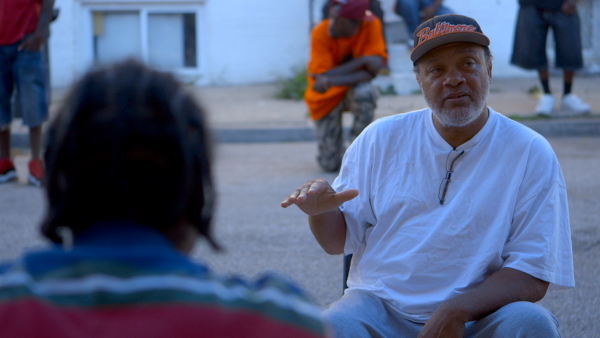
Perhaps that was the muscle memory that kicked in every time I went to Baltimore. Perhaps that’s what our beloved community subjects, Mr. C and Alex, saw when I spent time with them on Rose Street, or when I visited the officers at the Southern District police station. No doubt Mr. C and Alex, Capt. Brown, and Officers Winston and Gregorio were uncomfortable. Homicides were climbing to an all-time high in their city and they each tasked themselves with preventing violence either as community peacekeepers or as sworn police officers. They were uncomfortable with how they were viewed by the world and portrayed in the news.
They heard my pitch and found value in sharing their story with someone who didn’t know it, but who was willing to come back to watch and listen day after day after day. They had rarely been asked to share their view of the world, but we were offering to show them as they really were. On the surface, it looks like we got “good access,” but mostly I think we made them feel seen and respected.
Security for our subjects and our crew dictated that we had separate crews filming the police and the community. You can’t get out of a police car in a neighborhood that is excessively policed and not be seen as a snitch. Similarly, if the police had seen us standing on the corner in certain neighborhoods, officers would have doubted our intentions. This meant that when Andre was filming on Rose Street, he only cared for Rose Street, empathized with Alex and Mr. C and often had conflicted feelings about the police. For John Benam, who filmed with the police, he was tasked with putting us in the passenger seat of a squad car to see the world from the police’s vantage point, no matter how complicated or ugly.
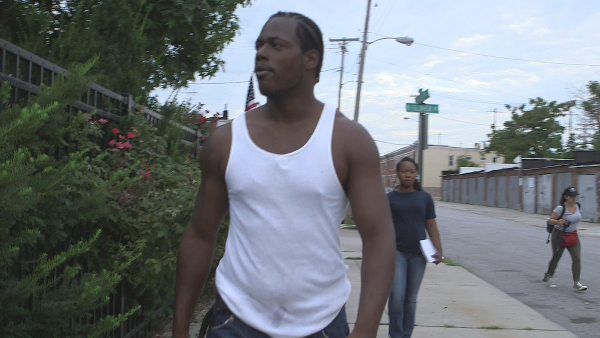
Consequently, only Meryam and I “crossed” between these two worlds, riding along on patrol and attending Mr. C’s “morning meetings.” For myself, it was at times incredibly uncomfortable to try to hold both these worlds, seemingly diametrically opposed, with love and understanding. I couldn’t help but see the faces and stories of the young men of Rose Street in every young African-American man stopped or arrested while I was on patrol with the police. But then the police would take a gun from someone (sometimes many guns) and I’d feel relief since I was watching the horrific impact of gun violence all over the city. But when I was on Rose Street, a place plagued by gun violence, and I’d watch the police cars speeding by, I worried if the officers – like Capt. Brown or Officers Winston and Gregorio – were going into an active shooter situation or if they’d crash as they sped through the intersection. These were fears I had as I rode along with them at night.
Mostly, I kept the two worlds separate, and didn’t schedule shoots too close together. I could bring my empathy and full heart to each, whether it was with the guys on Rose Street or the police. I held it together for nearly three years, until one day toward the very end. Trying to be efficient, I scheduled a pick-up shoot with Alex in the morning, and a patrol shoot with the police in the afternoon, planning to be on the Amtrak train by 6 p.m. so I could see my kids before they went to bed. I was on patrol with Gregorio and we were driving with the windows down, as we always did, so folks knew there was a camera in the car. John called my name to ask me for a lens and I felt the panic rise. I was sure I had just seen someone from Rose Street on the corner in the Southern District. (If you’re from Baltimore, you know that folks hardly ever travel from East Baltimore to South Baltimore, due to inadequate public transport and too few folks having driver’s licenses and cars.) By the time I got home, I was wrecked and couldn’t even articulate to my husband what was wrong. I think three years of holding this tension inside me and bearing the responsibility of sharing their truths had become, in that moment, unbearable.
I will be forever grateful to the subjects who gave honestly and generously of themselves in service to some hope of a future in which gun violence might not define Baltimore. Each of them watched the film and said it reflected their truth. That truth is resonating in Baltimore, with both the police and community members using the film to see themselves reflected back and to better understand what the experience of the “other” might be.
Maybe the path to future hope lies in embracing and moving through the uncomfortable. We all live between different worlds – the world of work and the world of families, the families we don’t understand and the families we choose, the world of our childhood and the world we remake as adults, the world we are in and the world we wish it would be.



